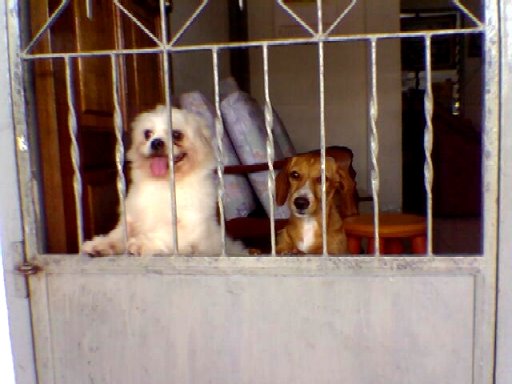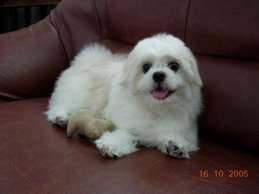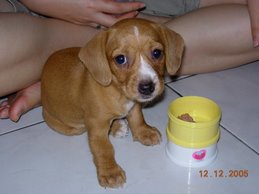The Interesting Business of Canary Breeding
Canary breeding is a fascinating hobby. Canaries are not social by nature. Males and females should be kept in separate cages. Males may fight each other and injure the females if they are kept in one cage.
Males droop their wings and whistle loudly when they are looking for a mate. They may harass each other and try to mark out a territory of their own. Hens will begin to make nests. A red, swollen vent is another indicator that she is ready to breed.
When the birds show signs of being ready to mate, you should house a cock and hen next to each other. This should be in a quiet position where they will not be disturbed too much. A breeding cage is useful. It is composed of two parts with a removable division down the center. The division may consist of two panels; one solid and one barred. With the solid partition in place, the hen can be placed in one section and the cock in another. After a few days, the solid barrier can be taken away. Leave the bars in place until the cock bird is feeding the female through the bars. You can then remove the division or wait until the hen starts building her nest.
The hen should be provided with several cup-shaped nests to choose from. Make sure they are securely fastened to the cage. You can purchase a commercial nest or find a suitable receptacle. Line it with soft material and provide additional fabric, wool or hair so she can add to the lining. Ensure short pieces are offered so she will not get tangled in them.
Some breeders remove the cock bird once the hen begins to lay. She will lay an egg every one or two days, usually early in the morning, until she has four to eight eggs. If each egg is removed on the day it is laid, they can be replaced in the nest when the hen has finished laying. If this is done, the eggs will all hatch at once making it easier for the hen to rear them.
Replace the real eggs with imitation eggs. Store the eggs in a safe place at room temperature and return them when the hen has finished laying. She will then incubate the eggs for 13 to 14 days.
Canary food offered during incubation and rearing of the chicks should be soft. A commercial preparation plus boiled eggs is a good basis. Offer plenty of greens. Cuttlefish and grit will provide extra calcium and the hen will appreciate a small piece of fruit. Remove uneaten food each day. After a month or two, you will be able to recoup some expenses of your canary breeding plan by offering a canary for sale.
Males droop their wings and whistle loudly when they are looking for a mate. They may harass each other and try to mark out a territory of their own. Hens will begin to make nests. A red, swollen vent is another indicator that she is ready to breed.
When the birds show signs of being ready to mate, you should house a cock and hen next to each other. This should be in a quiet position where they will not be disturbed too much. A breeding cage is useful. It is composed of two parts with a removable division down the center. The division may consist of two panels; one solid and one barred. With the solid partition in place, the hen can be placed in one section and the cock in another. After a few days, the solid barrier can be taken away. Leave the bars in place until the cock bird is feeding the female through the bars. You can then remove the division or wait until the hen starts building her nest.
The hen should be provided with several cup-shaped nests to choose from. Make sure they are securely fastened to the cage. You can purchase a commercial nest or find a suitable receptacle. Line it with soft material and provide additional fabric, wool or hair so she can add to the lining. Ensure short pieces are offered so she will not get tangled in them.
Some breeders remove the cock bird once the hen begins to lay. She will lay an egg every one or two days, usually early in the morning, until she has four to eight eggs. If each egg is removed on the day it is laid, they can be replaced in the nest when the hen has finished laying. If this is done, the eggs will all hatch at once making it easier for the hen to rear them.
Replace the real eggs with imitation eggs. Store the eggs in a safe place at room temperature and return them when the hen has finished laying. She will then incubate the eggs for 13 to 14 days.
Canary food offered during incubation and rearing of the chicks should be soft. A commercial preparation plus boiled eggs is a good basis. Offer plenty of greens. Cuttlefish and grit will provide extra calcium and the hen will appreciate a small piece of fruit. Remove uneaten food each day. After a month or two, you will be able to recoup some expenses of your canary breeding plan by offering a canary for sale.
About the Author:
CanaryScience.com is a top provider of canary breeding. Contact them today for more information! (http://www.canaryscience.com)
>














.jpg)






.jpg)

0 comments:
Post a Comment